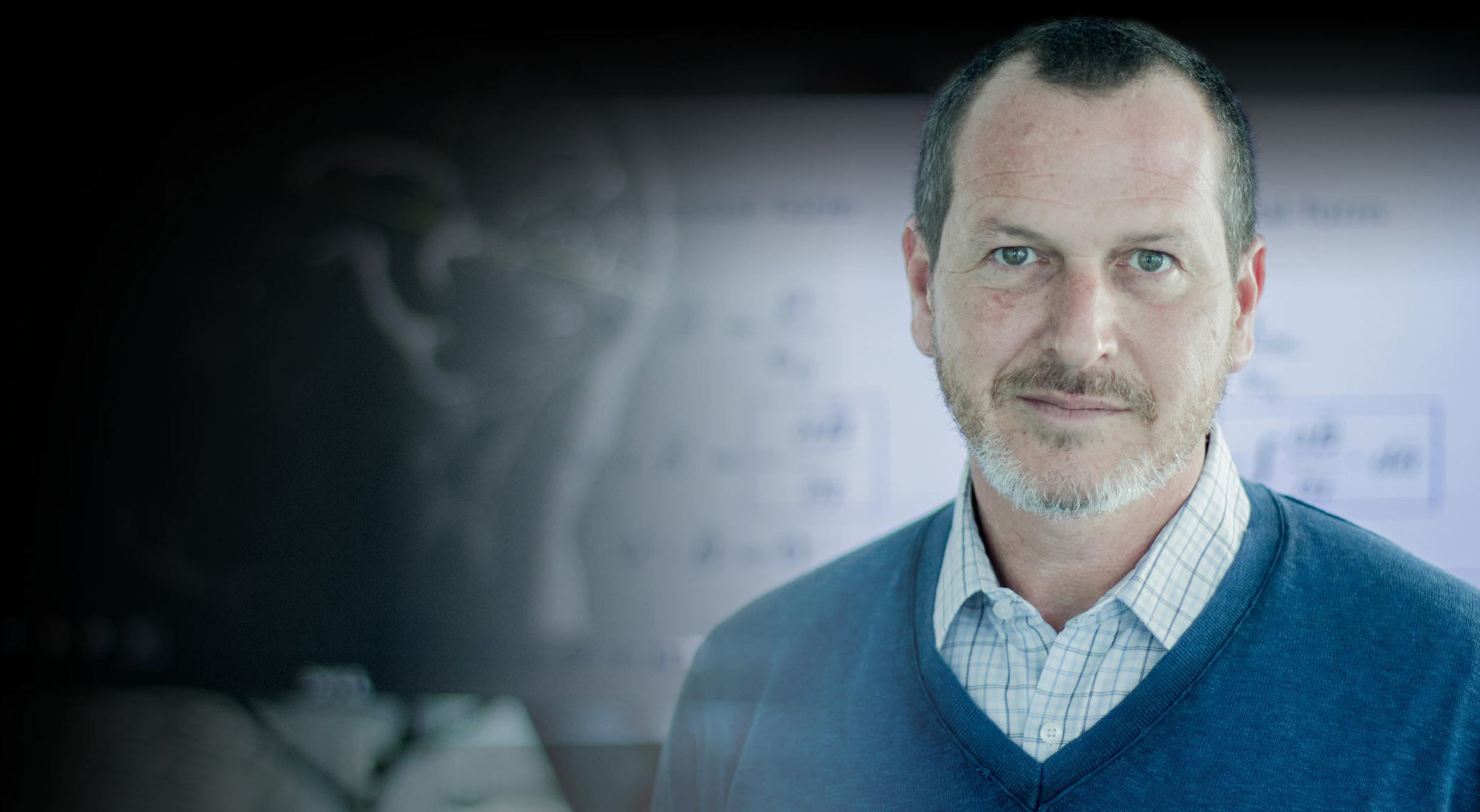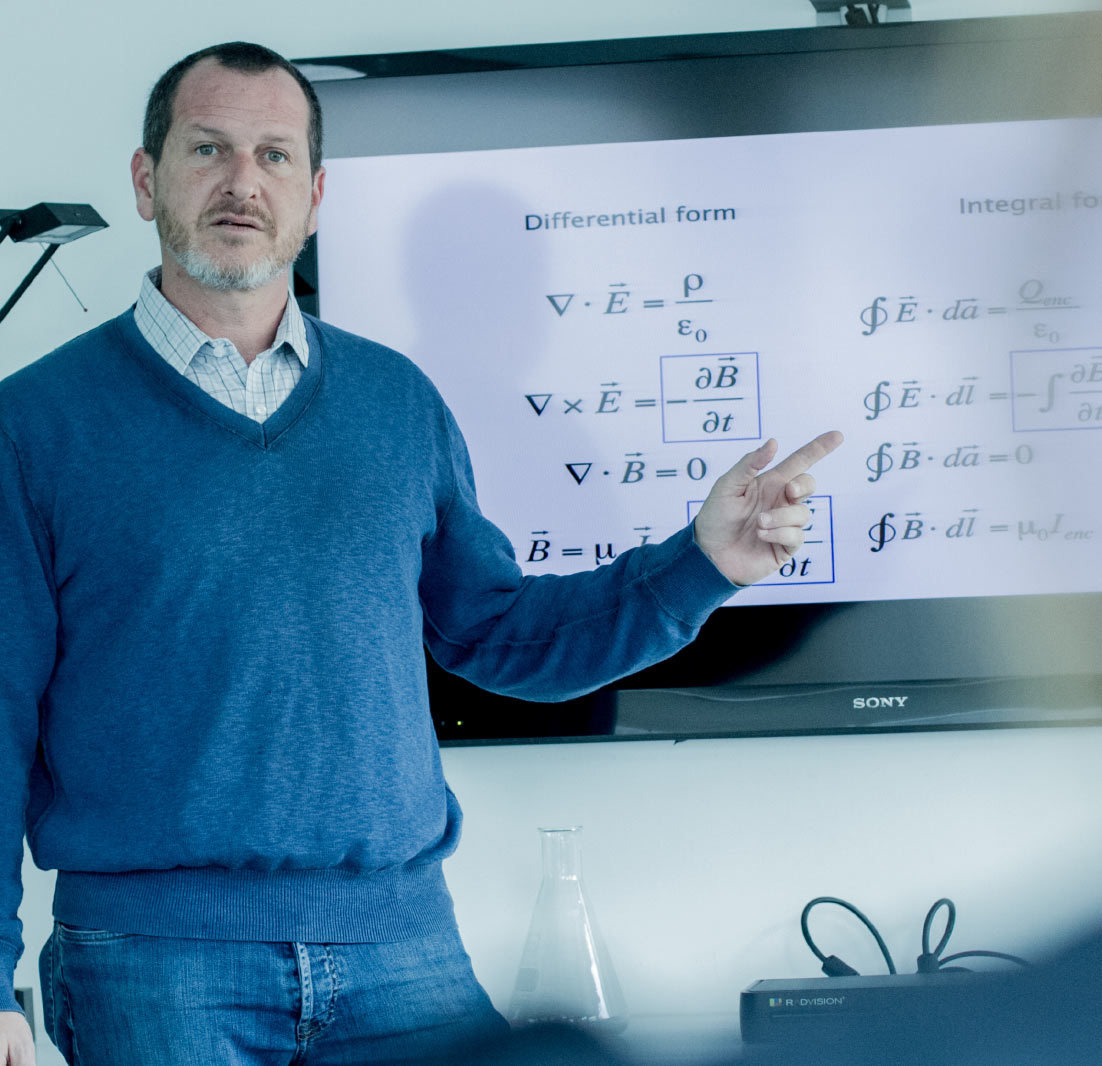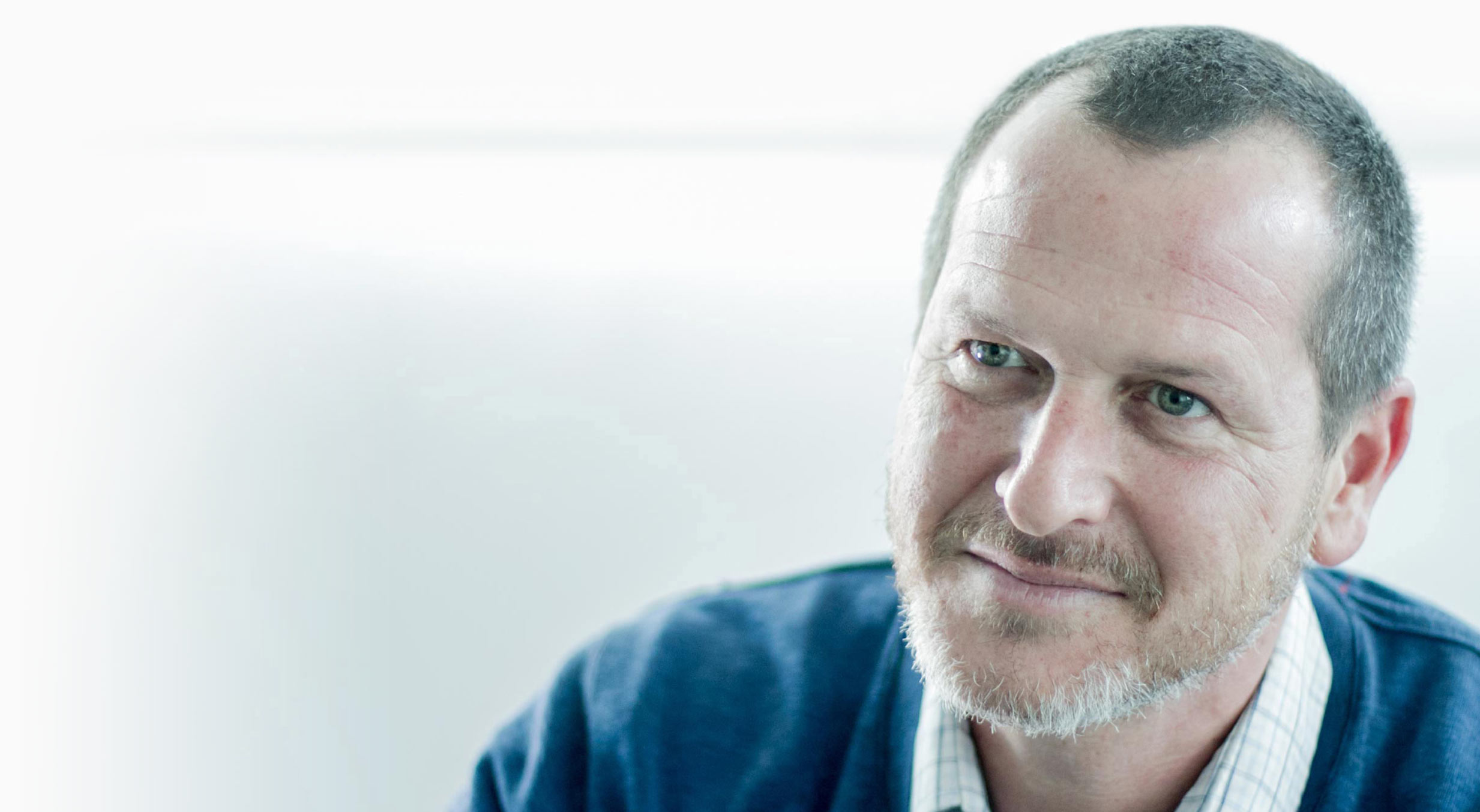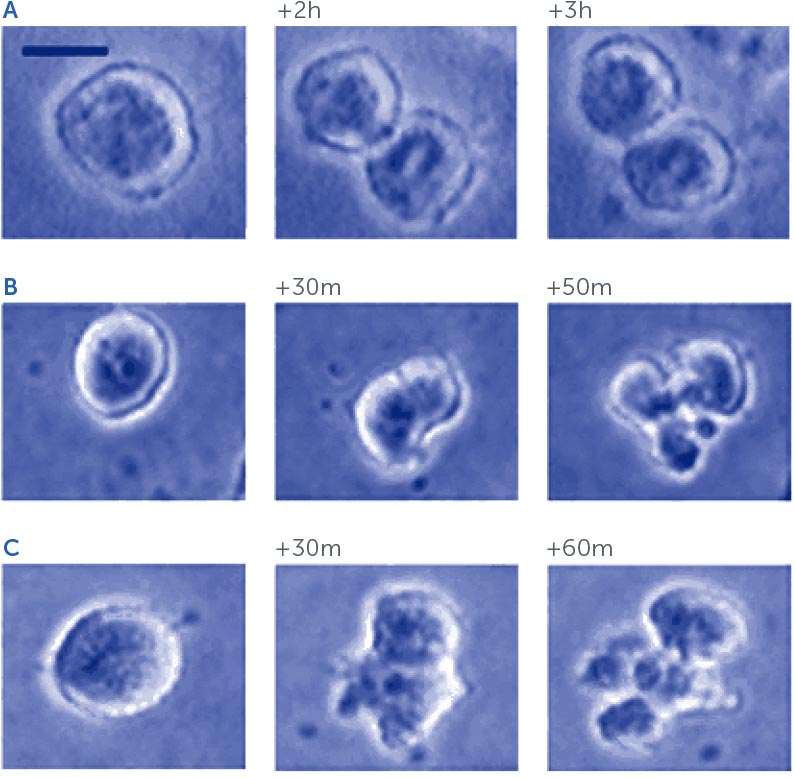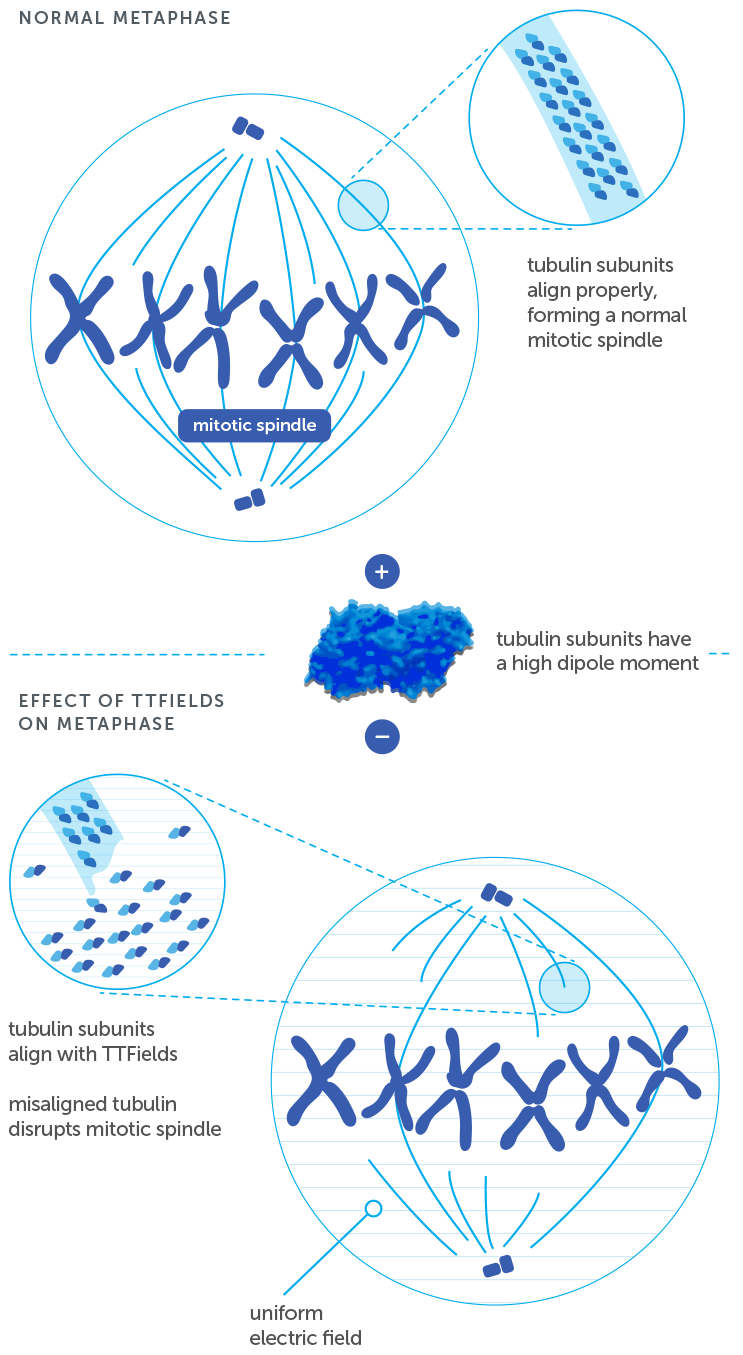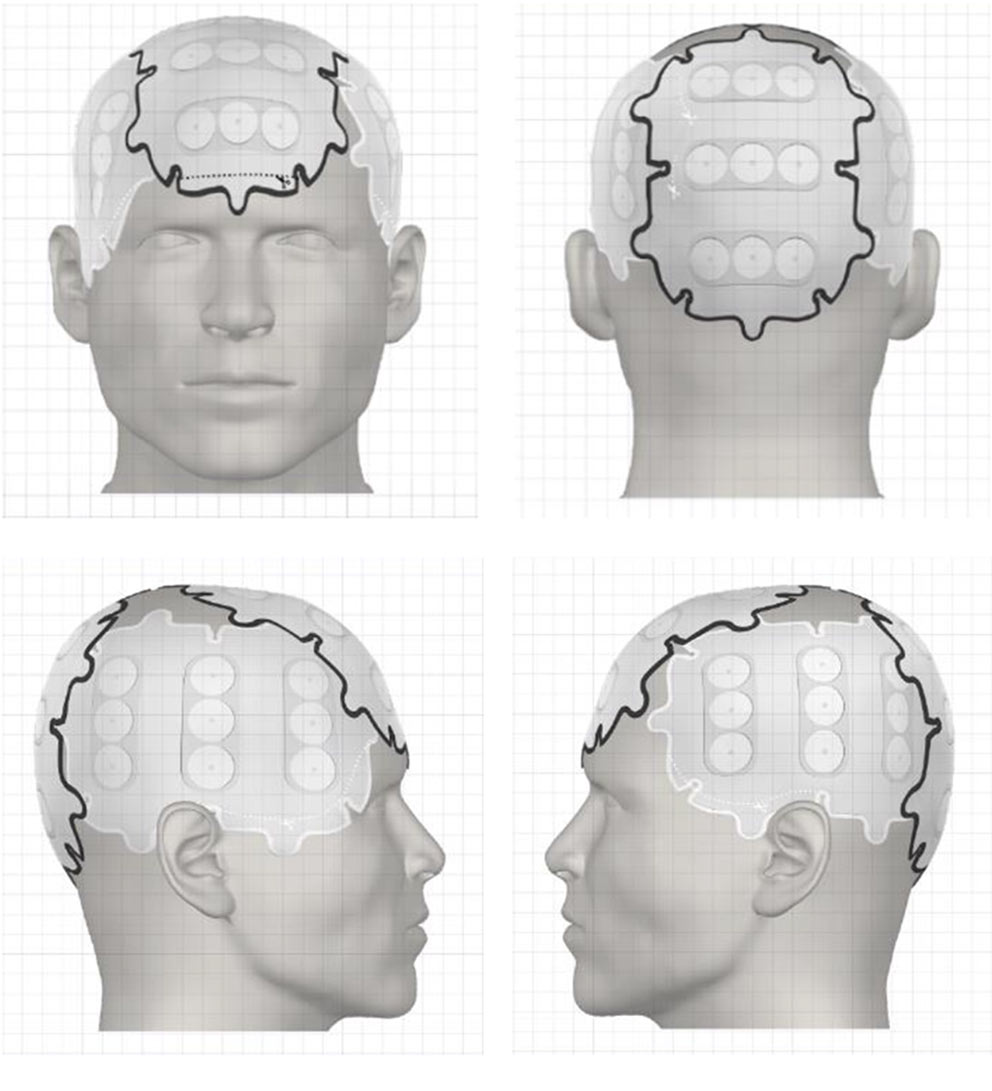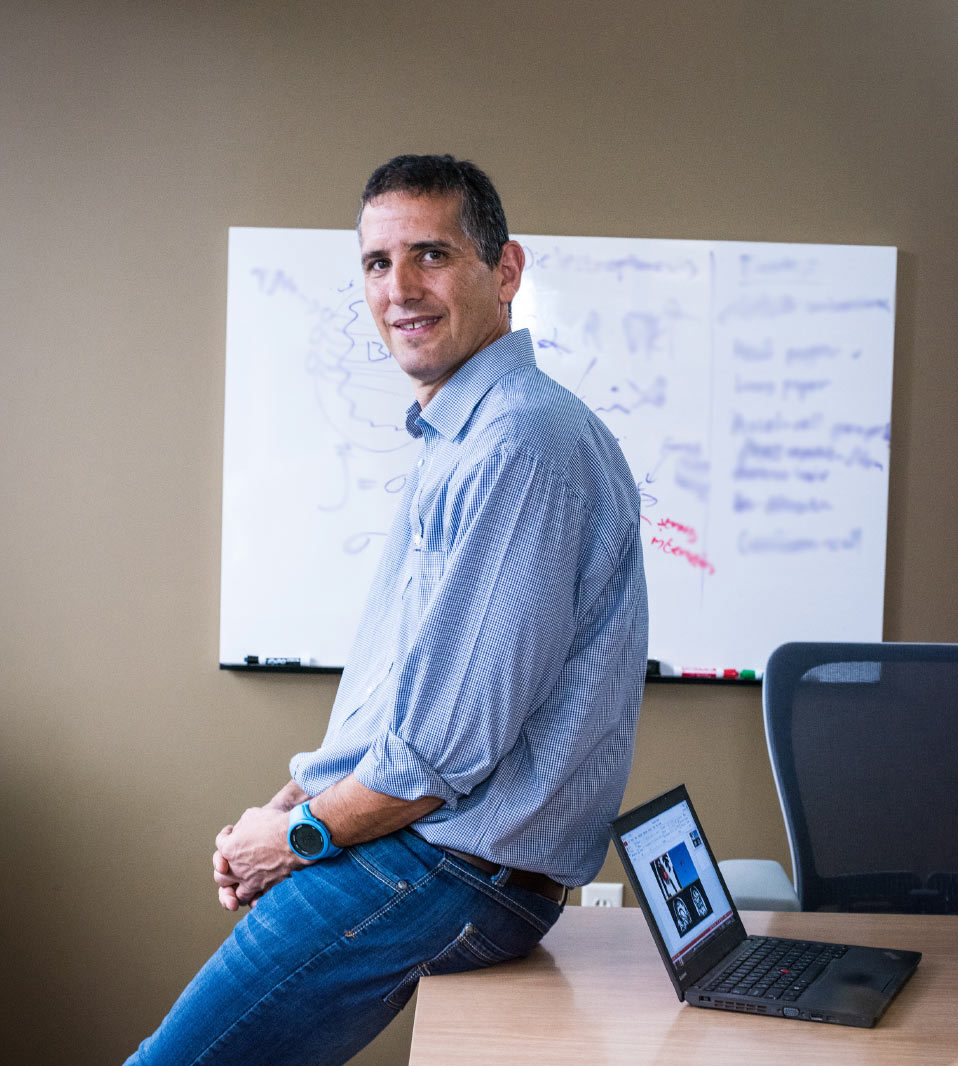For over 15 years, Novocure’s researchers have explored a different approach to cancer treatment that puts the patient first.
Medical advancements have led to dramatic improvements in cancer survival in the last 50 years. In the United States, five-year survival for all cancers rose from 49 percent in the 1970s to 69 percent in this decade.
Despite meaningful advancements in cancer treatment, we believe a significant unmet need to improve survival and quality of life remains. Of the 22,280 women diagnosed with ovarian cancer in the U.S. each year, only 46.2 percent live past five years. Of the 224,390 Americans diagnosed with lung cancer annually, only 17.7 percent are alive five years later. Of the 53,070 people diagnosed with pancreatic cancer in the U.S. each year, only 7.7 percent survive past the five-year mark.
For patients facing some of the most aggressive forms of cancer, these grim statistics are their reality. The five-year survival rates are simply unacceptable. We believe a profoundly different approach to cancer treatment is needed.
Innovative Breakthroughs
Novocure is developing a profoundly different cancer treatment centered on a proprietary therapy called TTFields, the use of alternating electric fields tuned to specific frequencies to disrupt solid tumor cancer cell division. The basic mechanism behind TTFields may be broadly applicable and is not limited to a specific solid tumor type or genetic marker. Importantly, we believe TTFields has the potential to increase survival when used in combination with other cancer therapies without significantly increasing side effects.
